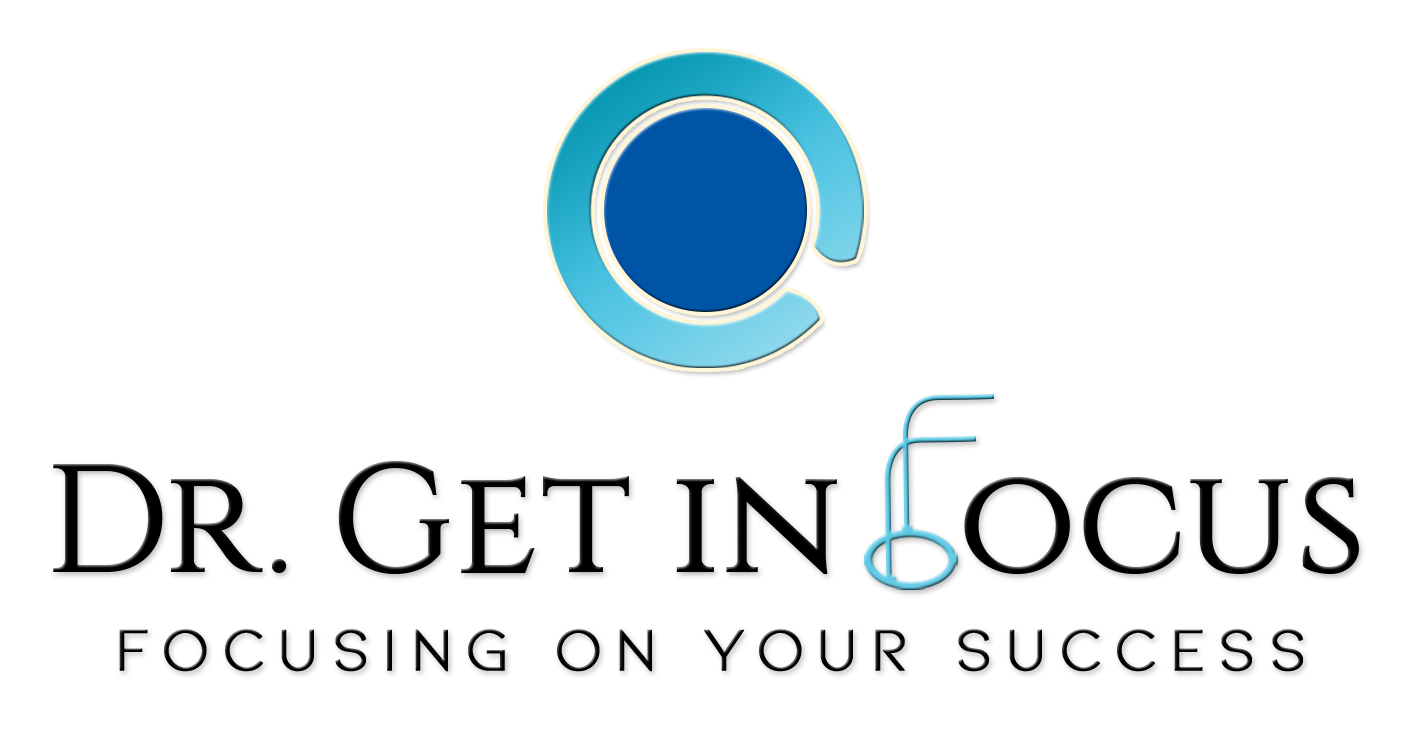The Source of Work from Home Resistance
The driving factor behind Work from Home Resistance is that Human beings hate change; some would rather die than change. Yes, I know that is a very bold statement but Change implementation tantamount to driving a high-performance Maserati down a city street riddled with potholes and jay-walking pedestrians. There could be severe damage to your expensive car, and worst-case scenario, someone could get killed.
 This holds when attempting to implement a Work from Home model. Work from Home Resistance is sure to be encountered from several different types of stakeholders. All is not lost; however, a lot of smart people, through the years, have been hard at work figuring out how actually to implement change.
I could get into the gory details on the history of change management and talk about all the researchers, but that would be wasting your time. You do not need to know that to implement a Work from Home paradigm. The change model I like is one developed by Dr.John Kotter at the Harvard School of Business. No, this Kotter was not the one who taught the sweat-hogs back in the '70s. This Kotter developed an eight-step model for implementing change which may be useful in overcoming work from home resistance.
This holds when attempting to implement a Work from Home model. Work from Home Resistance is sure to be encountered from several different types of stakeholders. All is not lost; however, a lot of smart people, through the years, have been hard at work figuring out how actually to implement change.
I could get into the gory details on the history of change management and talk about all the researchers, but that would be wasting your time. You do not need to know that to implement a Work from Home paradigm. The change model I like is one developed by Dr.John Kotter at the Harvard School of Business. No, this Kotter was not the one who taught the sweat-hogs back in the '70s. This Kotter developed an eight-step model for implementing change which may be useful in overcoming work from home resistance.
These steps are:
- Increase Urgency.
- Build a guiding team.
- Get the vision right.
- Communicate for Buy-In.
- Empower Action.
- Create Short-Term Wins.
- Don't Let Up.
- Make the change stick. (Kotter)
I remember working at a company that shall remain nameless. One fine afternoon, all the employees were called into a meeting. The company's CEO gets up on the rostrum, welcomes everyone, and then spends the next hour telling us all the significant changes. People just fell asleep in the meeting and ate the cupcakes the company had so graciously provided. After the meeting, everyone just went back to doing what they were doing before. The changes were not implemented, productivity went down the toilet, and the last I heard, that CEO was on unemployment.
This CEO failed in not attaining the buy-in of the stakeholders. He thought that he could bark the orders and that the change would occur, but you have to have the stakeholders' consensus. In the case of Work from Home, the change may not have been by choice. Some love Work from Home; others hate it with a passion! But a worldwide pandemic forced the issue; the choice, despite any work from home resistance, the choice became Work from Home or not work at all. If this were a remote work situation, you could say there was work from home resistance.
Some who Work from Home may find an issue with that. Some may not want to Work from Home. You tell those folk the advantages of Work from Home, and it just goes in one ear and out the other. You try to make Work from Home effective, and they consciously or subconsciously sabotage the situation.
What do you do to solve that situation?
Do you try to force the situation? Well, you could, but that doesn't work.
What does work?
Well, what you could do is allow them to express their concerns, really listen to them, acknowledge them, and then build a consensus. Sounds simple but maybe not as simple as you think - but it is essential. That is why it is crucial to hire someone adept at change management to implement your Work from Home initiative.
Another problem to be aware of when implementing a Work from Home paradigm is the Work from Home environment. For the change to succeed, you must implement it into a supportive environment lest all the efforts be for naught as the resistance from that environment would ultimately cause it to fail. An example of this is that if you rehabilitate an addict and then put him or her back into the prior environment, they will revert to taking drugs as that environment is not supportive of a drug-free lifestyle.
In an environmental change model, the environment must be made more conducive to change; otherwise, there will not be long-term, lasting results. The problem with this is that in Work from Home, management does not always control the environment. Team members Work from Home, their cats pushing keys deleting entire documents, the kids screaming at each other from the next room, and some two-bit politician on the TV threatening a coup to make the country great again. Not an environment that would not be conducive to implementing the changes needed to make Work from Home effective. However, this barrier is manageable by someone adept in the intricacies of change management and Work from Home.
Implementing Work from Home can be like herding cats (like that cliche' isn't overused!) The road to change is not always a high-speed freeway. The change agent can encounter resistance from several different types of stakeholders, rendering the change unchangeable. Also, environmental factors can cause the change to be unchangeable. This effort can be quite time-consuming.
As a C Suite executive, one must concentrate on revenue, cost-cutting, and risk abatement. Implementing the changes necessary for Work from Home, though, are essential. Solution? Bring in a highly skilled Work from Home Specialist to usher in the change. That person can bring your initiatives to fruition with alacrity. Please contact me for a no-cost consultation. I will listen to you and give you your options without the high-pressure sales pitch; remember, I'm a doctor, not a used car salesman, so give me a call. I promise you value!
To learn more about me, and to learn how to overcome work from home resistance in your company,
click here
Reference:
Kotter, J. P., & Cohen, D. S. (2006). The heart of change. Boston: Harvard University Press. 
